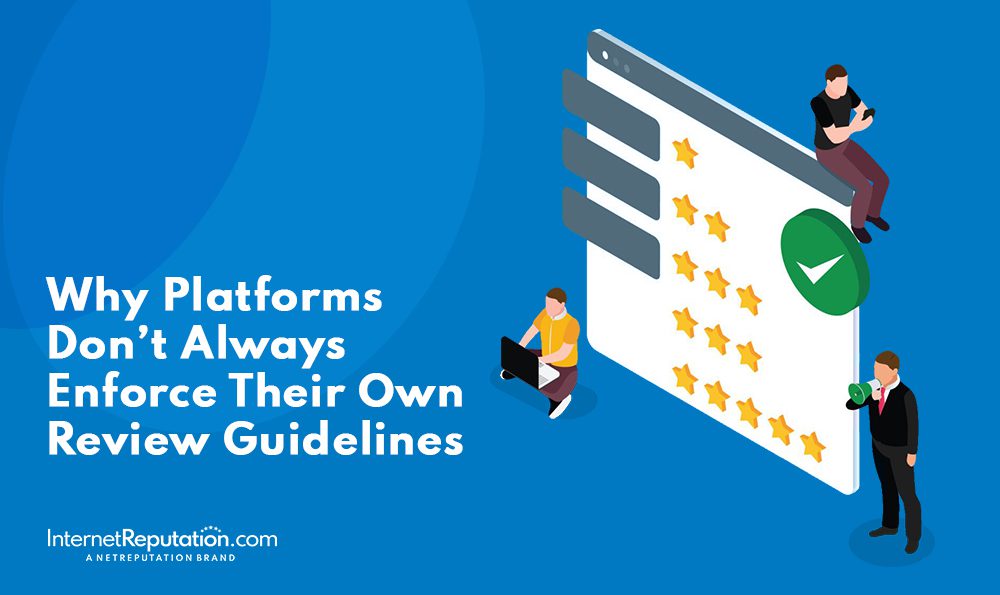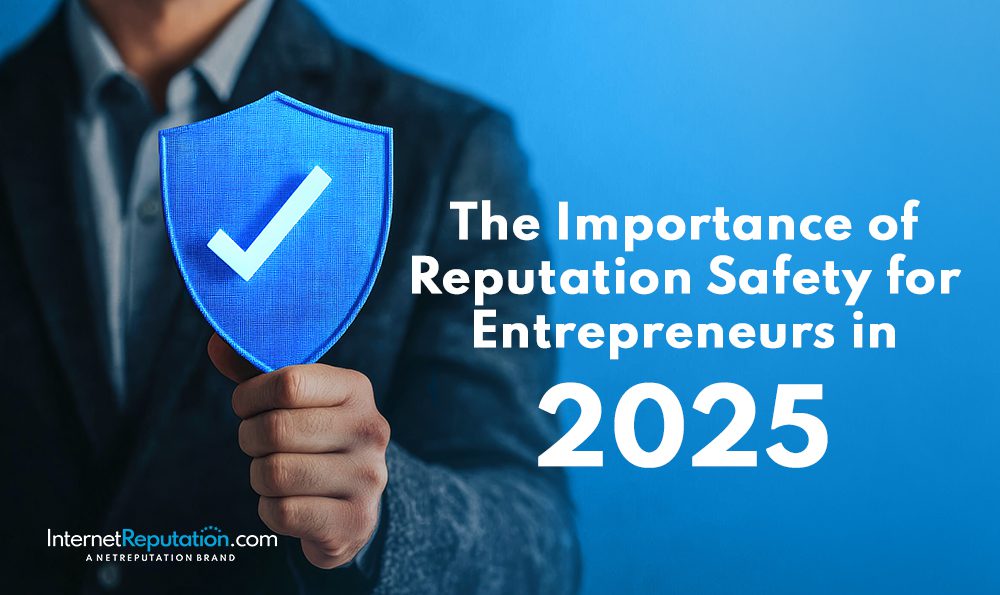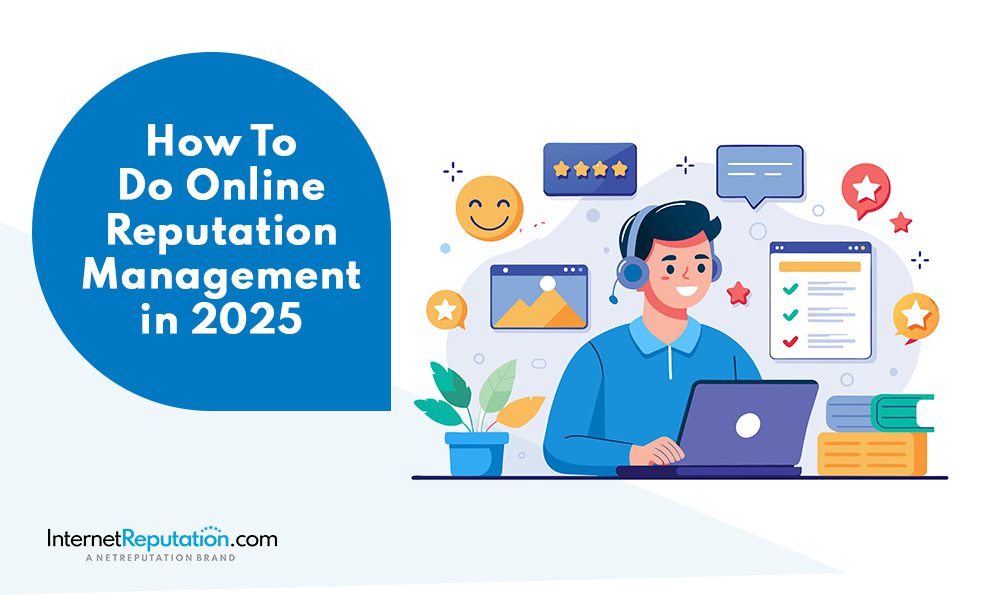Why Platforms Don’t Always Enforce Their Own Review Guidelines

User-generated reviews shape brand reputations, influence purchasing decisions, and help consumers navigate a vast array of options. However, for these platforms to function fairly, review guidelines must be in place and consistently followed. These guidelines serve as the foundation for community standards, user trust, and the credibility of each review.
From restaurant directories to service-provider listings, review platforms such as Yelp, TripAdvisor, and Google rely on clear and enforceable review guidelines to prevent offensive content, misleading claims, and inappropriate behavior. When used correctly, these policies help protect users, businesses, and the overall quality of the platform. When ignored or unevenly enforced, they can lead to confusion, manipulation, and mistrust.
The Purpose of Review Guidelines
At their core, review guidelines establish what is acceptable and what isn’t. They help reviewers stay on topic, provide relevant information, and avoid behavior that could damage the integrity of the platform. Most journals and review platforms prohibit offensive content, inappropriate language, personal attacks, false claims, and the posting of illegal or private information, such as phone numbers or pricing information, that is intended to mislead.
These standards also aim to prevent self-citation, fake reviews, and spammy submissions from distorting the review process. Guidelines are in place to ensure that all reviews—whether analytical papers in a journal or consumer opinions on a business—reflect authentic, fair, and helpful content.
Clear rules support ethical standards, provide a foundation for consistent moderation, and reinforce trust across the community.
Common Review Challenges
Even with solid rules, many platforms struggle to enforce their guidelines effectively. With millions of reviews submitted daily, moderation teams can be overwhelmed. Some reviews lack sufficient descriptive elements or sufficient detail, offering little value to the reader. Others may contain inappropriate content or even violate federal laws by promoting illegal drugs or referencing human trafficking.
In such cases, reviewers or moderators need to identify content that lacks relevance or veers off-topic. An editorial office or support team often steps in to assess flagged content and make a final decision. However, with limited resources, platforms may rely on automated filters or alternative reviewers, which can misinterpret context, leading to the unfair removal of reviews or the publication of inappropriate content.
In peer-reviewed academic settings, this mirrors issues where an editorial board member may receive mixed reports from reviewers. One peer reviewer may recommend rejection due to significant flaws in data analysis, while another suggests improvements to supplementary materials. The editorial manager then faces the decision-making process based on ethical issues, the research question, and the manuscript’s findings.
The Role of Constructive Feedback
The most valuable reviews—in both commercial and academic contexts—offer constructive feedback. Instead of vague negativity or overly promotional praise, a high-quality review includes specific comments, sufficient data, and relevant comparisons to previous work.
For example, a restaurant review should highlight specific aspects such as service speed, food quality, or cleanliness. Similarly, a peer review of a manuscript should focus on whether the methods section is clear, the data analysis is sound, and the conclusions are supported by sufficient evidence.
Platforms should encourage users to submit reviews that include relevant information, useful links, and explanations. These reviews provide enhanced support for readers and offer guidance to business owners on how to improve.
Ethical Issues and Legal Risk
Both online review platforms and academic journals must navigate serious ethical issues. On consumer sites, this includes removing content that contains hate speech, references to illegal drugs, or sexual orientation-based harassment. On academic platforms, reviewers must ensure that manuscripts include ethics approval for qualitative research and that such cases are disclosed transparently.
Allowing inappropriate or offensive language, glorification of terrorist attacks, or unverified claims can create serious consequences. Such content can violate ethical standards and expose platforms to liability.
Just as most journals require peer reviewers to identify ethical problems or recommend rejection for unethical submissions, consumer platforms must uphold similar best practices. Without these checks, both types of platforms risk reputational damage and user distrust.
Moderation and Final Recommendations
Moderators on review platforms play a role similar to peer reviewers. They must assess flagged content, review user reports, and suggest improvements or take corrective action as needed. In some cases, they may issue a final recommendation to remove a review that fails to meet guidelines due to offensive content, an irrelevant focus, or a lack of sufficient detail.
To maintain a fair process, platforms should ensure that their review reviewers (human moderators or AI) are equipped with the necessary expertise and context to make informed decisions. This includes understanding other aspects of the user experience and consistently applying guidelines.
Transparency, Reporting, and Appeals
Transparency is key to building trust. Whether an article is rejected during the peer review process or a customer review is removed from a platform, the reviewer should receive a report that explains why. Sharing specific comments, citing violated guidelines, and offering a path to appeal reflect best practices in moderation.
Users should have the ability to submit clarifications, access moderation history, and correct their content if necessary. The editorial process—whether managed by an editorial board or content moderation team—should always consider fairness, relevance, and the opportunity to educate.
When Guidelines Are Missing or Ignored
When review guidelines are lacking or not enforced, the results can be damaging. Businesses may become victims of defamatory or inaccurate reviews. Users may feel misled by biased content that hasn’t been adequately vetted. In academic spaces, weak enforcement can allow flawed research to influence the field.
In such cases, businesses often turn to online reputation management (ORM) services to monitor reviews, submit takedown requests, and engage with platforms for fair treatment. ORM experts can help identify content that violates review standards and recommend strategies for mitigation. They provide a structured approach to restoring credibility when the system breaks down.
Much like peer reviewers help journals maintain integrity, ORM teams help businesses navigate public review systems when traditional enforcement fails.
Improving the System
To enhance trust and credibility, review platforms and academic journals alike can adopt the following strategies:
- Clarify guidelines: Provide examples, links, and visual aids to explain what is acceptable.
- Invest in training: Equip editorial managers and content reviewers with tools and support.
- Enable constructive frameworks: Guide users in offering structured, specific, and relevant feedback.
- Build in accountability: Track violations and follow through with proportionate responses.
- Support user appeals: Offer transparency and second chances when content is removed unfairly.
Final Thoughts
Review guidelines are crucial for maintaining trust, fairness, and relevance across all types of review systems. From managing offensive language on consumer platforms to enforcing ethics approval in analytical papers, the value of consistent and thoughtful moderation cannot be overstated.
Whether you’re a peer reviewer evaluating an article or a customer providing feedback, you contribute to a shared ecosystem where quality, credibility, and community standards are paramount.
Without strong guidelines and review processes, platforms become vulnerable to manipulation, misinformation, and reputational harm. And when that happens, reputation repair and review removal services aren’t just helpful—they’re necessary safeguards for truth and fairness.
When platforms prioritize best practices, ethical standards, and transparency, they foster the trust of readers, authors, reviewers, and consumers alike.


